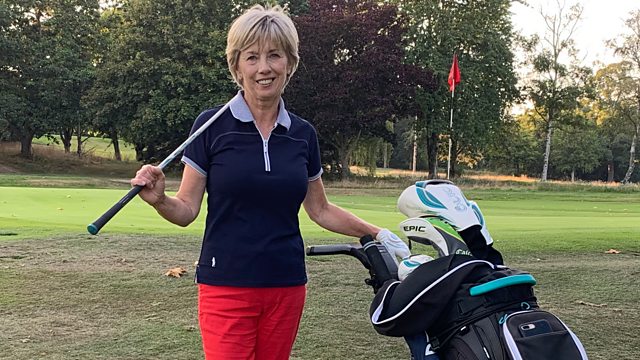How green is my golf course?
Golf courses do not have a good reputation when it comes to sustainability. Sybil Ruscoe asks what efforts are being made to make them more environmentally-friendly.
Golf courses do not have a good reputation when it comes to the environment. Keeping the greens and fairways looking immaculate usually means using pesticide, fungicide and fertiliser - as well as large amounts of water. Wildlife such as pecking birds and digging moles, which can damage the pristine playing surfaces, are seen as a nuisance. But attitudes are starting to change in the golfing world. In this programme, Sybil Ruscoe finds out about efforts which are being made to make golf more environmentally-friendly. She visits a golf course in Bedfordshire, where the greenkeeper puts up bird boxes and encourages areas of wildflowers. During her visit, she meets a conservation advisor from the Royal Society for the Protection of Birds, whose job focusses specifically on golf courses - part of a new partnership set up last year between the RSPB and the world of golf. She talks to the sport's governing body and the golf greenkeepers association, to ask whether the game is doing enough to change its ways. She also hears from a geographer who argues that the game of golf is fundamentally environmentally unacceptable in a time of climate emergency. It all leaves Sybil, a golfer herself, wondering 'how green is my golf course?'
Producer: Emma Campbell
Last on
More episodes
Broadcast
- Wed 22 Sep 2021 21:00大象传媒 Radio 4
What has happened to the world's coral?
Podcast
-
![]()
Costing the Earth
Fresh ideas from the sharpest minds working toward a cleaner, greener planet



